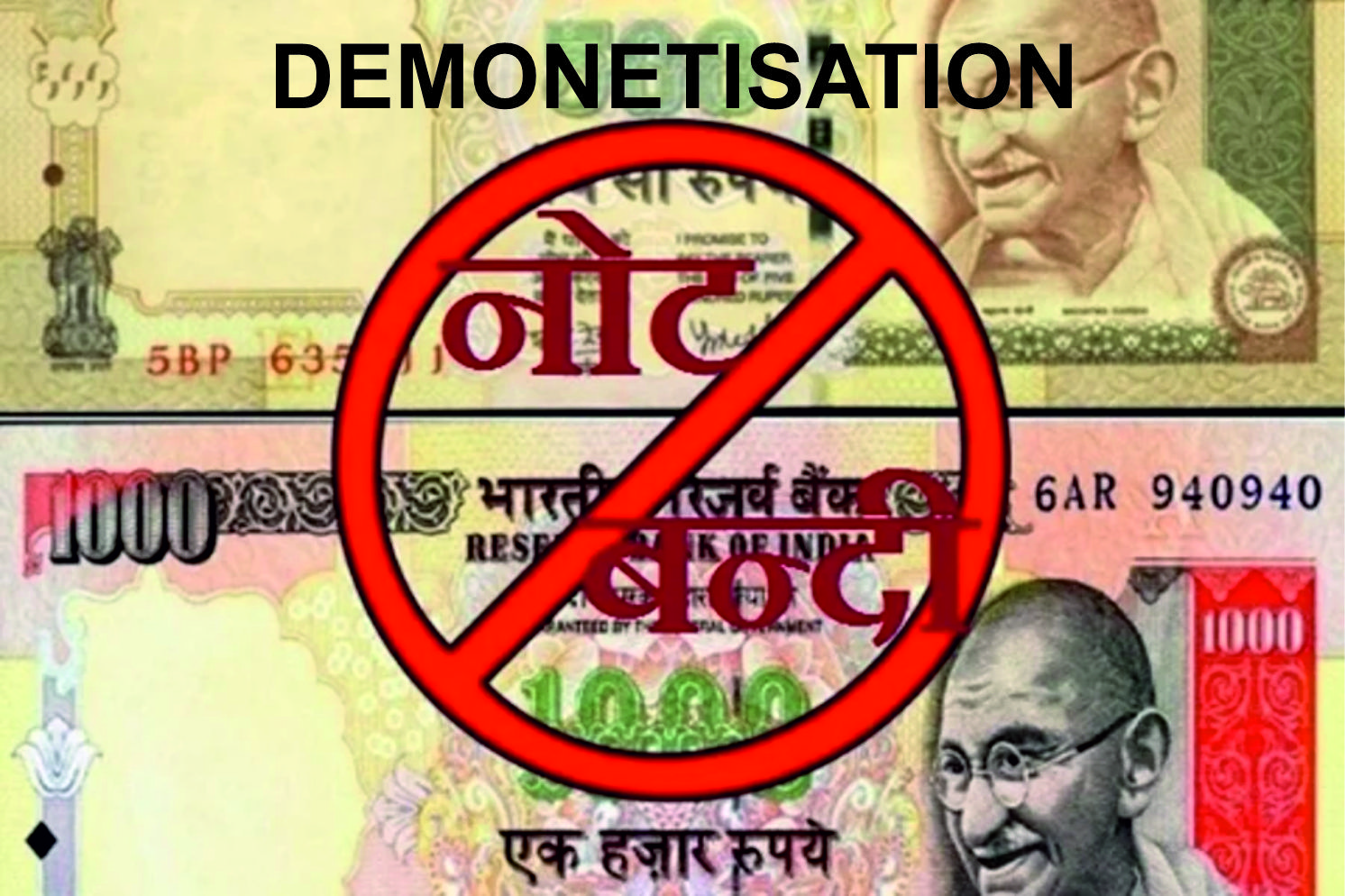India’s Digital Sovereignty Drive vs. Global Cloud Boom: The Road Ahead

India stands at a pivotal moment in its digital evolution, balancing the ambition of becoming a $5-trillion economy by 2028 with the need to secure digital sovereignty. The vision of “Digital Swaraj” — a self-reliant ecosystem by 2030 — arises amid concerns over dependence on foreign tech giants for cloud, OS, AI, and cybersecurity.
Why Digital Swaraj?
India’s digital economy could touch $1 trillion by 2030, driven by 1B internet users, a 100K-strong startup base, and Digital India initiatives. Yet, 90% of India’s data is hosted abroad, creating risks of breaches, surveillance, and geopolitical pressure. In 2024, India spent $10B on foreign cloud services, rising 30% annually. Cyberattacks, like the 2023 breach of a major bank, further highlight the urgency.
To counter this, the government is pushing:
-
Indigenous Clouds (MeghRaj 2.0, Jio, AdaniConneX).
-
Homegrown OS (BOSS, DRDO’s Maya).
-
AI & Cybersecurity Ecosystems (National AI Mission, $1.25B funding).
-
Semiconductors & Hardware (PLI schemes, India Semiconductor Mission).
Global Cloud Boom
Meanwhile, global hyperscalers are surging. Google Cloud grew 35% in Q2 2025, with a $75B backlog; AWS and Azure hold 51% combined market share. They offer Indian enterprises:
-
Scalability for startups and conglomerates.
-
AI innovation (Gemini, Bedrock, Copilot).
-
Cost efficiency (70% of SMEs adopted cloud in 2024).
But challenges include vendor lock-in, foreign jurisdiction risks (US CLOUD Act), and market concentration (top three control 65%).
India’s Hardware Push
To reduce reliance, India is investing in chips and electronics:
-
$10B PLI scheme with fabs by TSMC, Micron, Vedanta, Tata Electronics.
-
Electronics PLI boosted smartphone & server production, cutting imports 15% in 2024.
-
India now makes 14% of iPhones, gaining leverage in global supply chains.
The Hybrid Path
India’s strategy is not rejection but integration + independence:
-
Public-Private Clouds: MeghRaj 2.0 with Jio/Adani; data localization mandates.
-
Open-Source Innovation: Customizing OpenStack/Kubernetes; Google–MeitY AI partnerships.
-
Skilling & R&D: $500M for 10M workers; CoEs in Bengaluru & Hyderabad.
-
Policy Push: Digital Personal Data Protection Act (2023); National Cloud Policy (2026).
-
Multi-Cloud Use: Combining AWS/Azure for workloads with Jio for sensitive data.
Opportunities vs. Risks
Opportunities:
-
$1.5T digital economy by 2030.
-
20M new jobs (NASSCOM).
-
AI & hardware leadership for global markets.
Risks:
-
$50–100B funding gaps.
-
Talent shortfall (needs 1M cloud/AI pros by 2028; only 300K trained annually).
-
Global competition (AWS invests $75B/year).
Conclusion
India’s pursuit of Digital Swaraj is about balancing sovereignty with scalability. By blending global platforms for innovation and domestic ecosystems for resilience, India can secure digital independence while positioning itself as a global tech powerhouse by 2030.



 176
176

 The BharatBiz
The BharatBiz
 16
16

